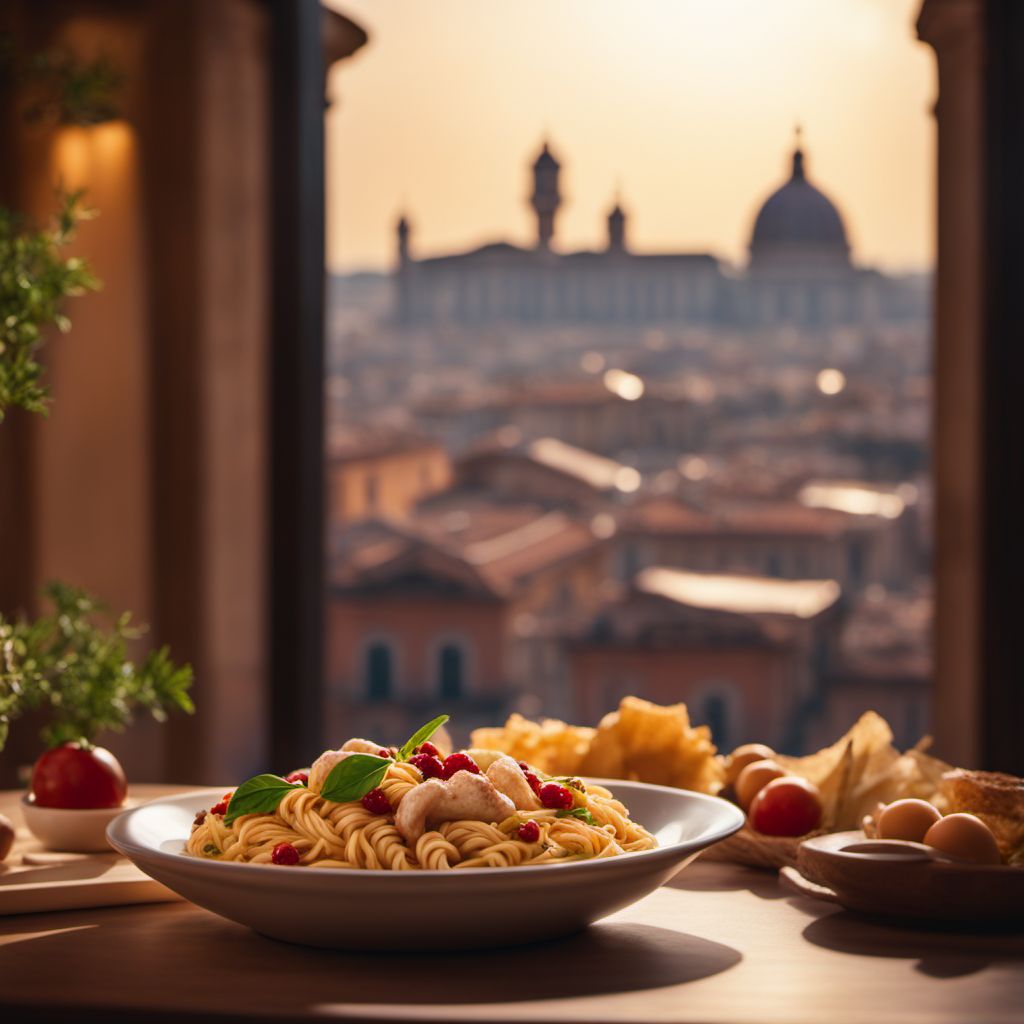
Cuisine
Roman cuisine
Roman cuisine is characterized by its use of simple ingredients and cooking techniques. It is known for its emphasis on fresh, seasonal produce and the use of herbs and spices to enhance flavor. The cuisine is heavily influenced by the Mediterranean diet and features a lot of vegetables, legumes, and grains. Meat is also a common ingredient, but is typically used in smaller portions than in other cuisines.
Typical ingredients
Tomatoes, Zucchini, Eggplant, Artichokes, Fava beans, Chickpeas, Lentils, Pasta, Bread, Olive oil, Garlic, Basil, Oregano, Rosemary
Presentation and garnishing
Dishes are typically presented in a simple, rustic manner. Garnishes are minimal and often consist of fresh herbs or a drizzle of olive oil.
The use of offal, such as tripe and liver, is common in Roman cuisine. This is due to the historical practice of using all parts of an animal in cooking.
More cuisines from this region...
Sicilian cuisine, Venetian cuisine, Tuscan cuisine, Neapolitan cuisine, Apulian cuisine, Sardinian cuisine, Lombard cuisine, Ligurian cuisine, Abruzzese and Molisan cuisine, Basilicatan (Lucanian) cuisine
History
Roman cuisine has a long history dating back to ancient Rome. The cuisine has been influenced by various cultures throughout history, including the Etruscans, Greeks, and Arabs. The cuisine has also been shaped by the availability of ingredients in the region. For example, the use of olive oil is prevalent due to the abundance of olive trees in the area.
Cultural significance
Roman cuisine has had a significant impact on Italian cuisine as a whole. Many dishes that are now considered staples of Italian cuisine, such as pasta carbonara and cacio e pepe, originated in Rome. The cuisine is also known for its association with the Catholic Church, as many dishes were created to adhere to religious dietary restrictions.
Health benefits and considerations
The Mediterranean diet, which heavily influences Roman cuisine, has been linked to numerous health benefits, including a reduced risk of heart disease and stroke. However, some traditional Roman dishes, such as fried artichokes and pasta dishes with heavy cream sauces, can be high in calories and fat.
Roman cuisine recipes Browse all »
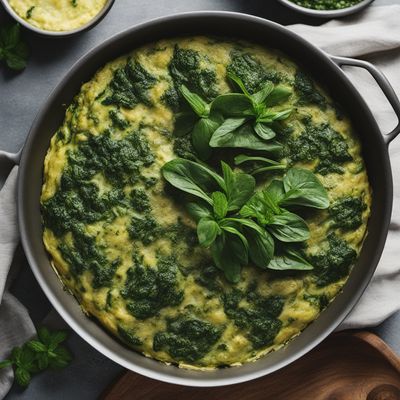
Roman-style Herb Frittata
Mediterranean Herb Omelette: A Roman Twist on Kuku Sabzi
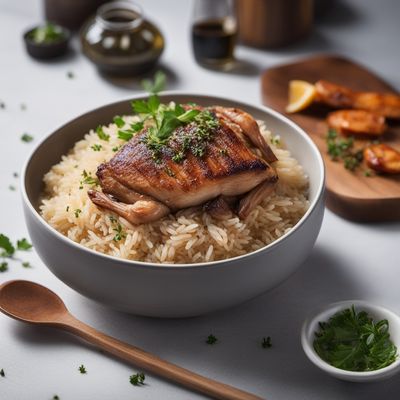
Roman-style Duck Rice
Savory Roman Duck Rice Delight

Roman-style Sciusciello Pasta
Zesty Roman Delight: Sciusciello Pasta
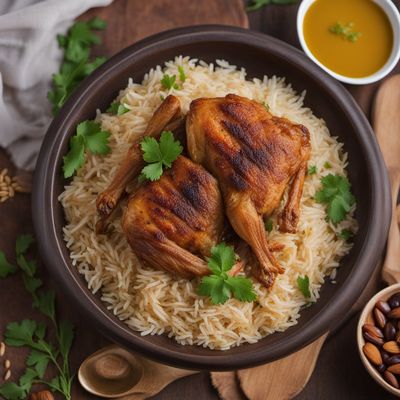
Roman-style Kabsa
Savory Roman Rice Delight

Creamy Rice Delight
Velvety Rice Pudding with a Roman Twist
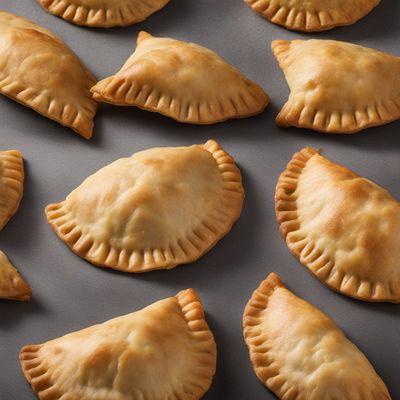
Roman-style Empanadas
Savory Roman Delights: Traditional Empanadas with a Twist

Cheesy Stuffed Cannelloni Rolls
Savory Roman Cannelloni: A Cheesy Delight

Roman-style Shrimp Tacos
Mediterranean Delight: Roman-style Shrimp Tacos
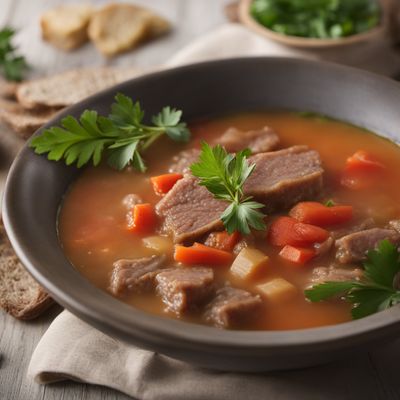
Roman-style Tripe Soup
Tripe Delight: A Roman Twist on a Classic Colombian Soup

Roman Apple and Almond Crumble
Delizioso Croccante di Mele e Mandorle Romano (Delicious Roman Apple and Almond Crumble)

Roman-style Albondigas Soup
Savory Meatball Delight: Roman-style Albondigas Soup

Roman-style Coconut Chicken
Exotic Coconut Chicken Delight